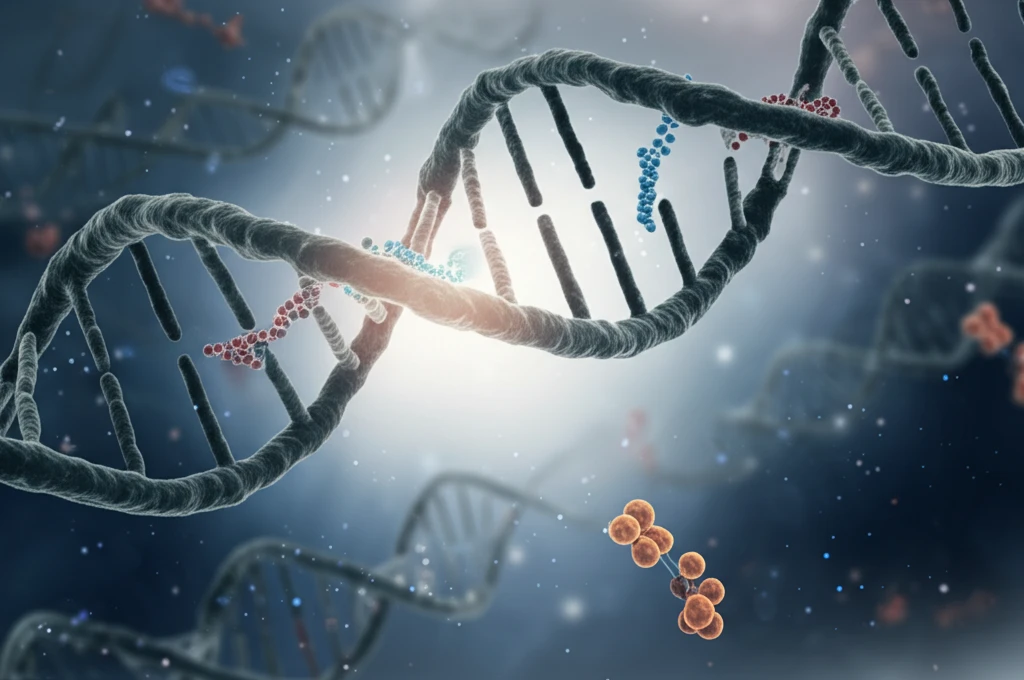
Unlocking Bacterial Secrets: How Small RNAs Could Revolutionize Plant Transformation
"Decoding the hidden roles of sRNAs in Agrobacterium strains for groundbreaking advancements in genetic engineering and sustainable agriculture."
In the microscopic world of bacteria, tiny molecules called small RNAs (sRNAs) are master regulators, orchestrating a symphony of gene expression in response to ever-changing environments. These sRNAs, typically 50 to 500 base pairs long, act as key players in fundamental processes such as quorum sensing, stress responses, and even the intricate dance between pathogens and their hosts. Understanding these sRNAs is like discovering a secret language that could unlock new possibilities in biotechnology and agriculture.
Agrobacterium, a common soil bacterium, has a unique talent: it can transfer its DNA into plant cells, essentially acting as a natural genetic engineer. Scientists have long harnessed this ability to create genetically modified crops, but the process isn't always efficient. Now, researchers are turning their attention to sRNAs within Agrobacterium, hoping to fine-tune its plant transformation skills and develop more sustainable agricultural practices.
Traditional methods of identifying sRNAs are often labor-intensive, but advancements in computational biology are changing the game. By combining genomic data with transcriptome analysis, scientists can predict and identify novel sRNAs with remarkable precision. This integrated approach offers a powerful toolkit for dissecting the complex regulatory networks that govern bacterial behavior and plant-microbe interactions.
Decoding sRNAs in Agrobacterium: A Computational Approach

A recent study delved into the world of Agrobacterium sRNAs using a sophisticated computational pipeline. Researchers started by mining the genomes of various Agrobacterium strains, including A. fabrum, A. vitis, A. radiobacter, and A. H13-3, for potential sRNA candidates. They focused on identifying regions of the genome that don't code for proteins but contain specific signals, such as promoter sequences and transcription terminators, which indicate the presence of sRNAs.
- Genome-wide prediction of sRNAs based on sigma factor binding sites.
- Integration with transcriptome data to identify sRNAs overexpressed during virulence.
- Experimental validation using semi-quantitative PCR.
The Future of Plant Transformation
This research highlights the potential of sRNAs to revolutionize plant transformation. By understanding how these small molecules regulate Agrobacterium's virulence, scientists can develop new strategies to improve the efficiency and precision of genetic engineering. This could lead to crops that are more resistant to pests and diseases, require less fertilizer, and offer improved nutritional value, contributing to a more sustainable and secure food supply.
